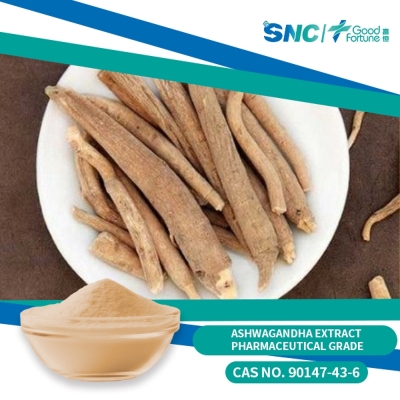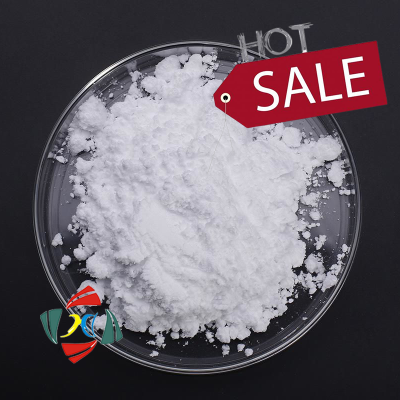-
Categories
-
Pharmaceutical Intermediates
-
Active Pharmaceutical Ingredients
-
Food Additives
- Industrial Coatings
- Agrochemicals
- Dyes and Pigments
- Surfactant
- Flavors and Fragrances
- Chemical Reagents
- Catalyst and Auxiliary
- Natural Products
- Inorganic Chemistry
-
Organic Chemistry
-
Biochemical Engineering
- Analytical Chemistry
- Cosmetic Ingredient
-
Pharmaceutical Intermediates
Promotion
ECHEMI Mall
Wholesale
Weekly Price
Exhibition
News
-
Trade Service
This article is from the NEJM Journal Watch Review of Refining Treatment Decisions for Patent Foramen Ovale Associated with Stroke by Seemant Chaturvedi, MD Patient Characteristics and Patent Foramen Ovale (PFO) The characteristics of the patients affect the likelihood of patients benefiting from PFO closure
.
Trials evaluating PFO closure in stroke or transient ischemic attack patients have had mixed results
.
Recently, studies have shown that the benefit of closure is small, and because the prevalence of PFO in the general population is estimated to be 20% to 25%, it is currently believed that PFO is not causally related to stroke in some patients
.
It would be interesting to know which patients are more likely to be associated with PFO and stroke
.
The researchers pooled data from six trials that included 3,740 patients (median age, 46 years; 55% were men)
.
They compared stroke rates between patients assigned to receive medical therapy and closure
.
In addition, they calculated the effect of higher and lower risk of paradoxical embolism (RoPE) scores, which are based on stroke characteristics and risk factors, on treatment
.
They estimated treatment effects using the PASCAL classification system, which supplements the RoPE score with PFO shunt size and atrial septal herniation
.
45% of patients had massive shunts and 33% had atrial septal aneurysms
.
The annual risk of stroke was 1.
09% in patients receiving medical therapy and 0.
47% in patients undergoing PFO closure
.
Treatment benefit increased with higher RoPE scores, implying a greater likelihood of a causal relationship between PFO and stroke
.
The hazard ratios were 1.
14, 0.
38, and 0.
10 for the three PASCAL categories of unlikely, likely, or very likely to be associated with PFO and stroke, respectively
.
In the three categories above, the 2-year absolute risk reductions were -0.
7%, 2.
1%, and 2.
1%, respectively
.
The proportion of patients with AF for more than 45 days was higher in the closure group (2.
4% vs.
0.
8%), as was venous thromboembolism (1.
4% vs.
0.
5%)
.
Comments This study effectively estimates which patients are likely to benefit from PFO closure and which patients are unlikely to benefit
.
The overall stroke recurrence rate was low in this population, further suggesting that PFO is not a 'time bomb'
.
We strongly recommend that patients, stroke specialists, and cardiologists work together to make treatment decisions
.
Reviewed article[1]Howard C.
Herrmann, MD, is an author of this study and a member of the NEJM Journal Watch Cardiology board but had no role in selecting or summarizing this article.
[2] Kent DM et al.
Heterogeneity of Treatment effects in an analysis of pooled individual patient data from randomized trials of device closure of patent foramen ovale after stroke.
JAMA 2021 Dec 14; 326:2277.
(https://doi.
org/10.
1001/jama.
2021.
20956) Related reading NEJM NEJM Journal Watch (NEJM Journal Watch) is published by the NEJM Group.
It invites internationally renowned doctors to comment on important papers in the medical field and helps doctors understand and apply the latest developments
.
"NEJM Frontiers of Medicine" translates several articles every week, publishes them on the app and official website, and selects 2-3 articles and publishes them on WeChat
.
Copyright Information This article was translated, written or commissioned by the NEJM Frontiers in Medicine, jointly created by Jiahui Medical Research and Education Group (J-Med) and The New England Journal of Medicine (NEJM)
.
The full text of the Chinese translation and the included figures are exclusively authorized by the NEJM Group
.
If you want to reprint, please leave a message or contact nejmqianyan@nejmqianyan.
cn
.
Unauthorized translation is an infringement, and the copyright owner reserves the right to pursue legal responsibility
.
.
Trials evaluating PFO closure in stroke or transient ischemic attack patients have had mixed results
.
Recently, studies have shown that the benefit of closure is small, and because the prevalence of PFO in the general population is estimated to be 20% to 25%, it is currently believed that PFO is not causally related to stroke in some patients
.
It would be interesting to know which patients are more likely to be associated with PFO and stroke
.
The researchers pooled data from six trials that included 3,740 patients (median age, 46 years; 55% were men)
.
They compared stroke rates between patients assigned to receive medical therapy and closure
.
In addition, they calculated the effect of higher and lower risk of paradoxical embolism (RoPE) scores, which are based on stroke characteristics and risk factors, on treatment
.
They estimated treatment effects using the PASCAL classification system, which supplements the RoPE score with PFO shunt size and atrial septal herniation
.
45% of patients had massive shunts and 33% had atrial septal aneurysms
.
The annual risk of stroke was 1.
09% in patients receiving medical therapy and 0.
47% in patients undergoing PFO closure
.
Treatment benefit increased with higher RoPE scores, implying a greater likelihood of a causal relationship between PFO and stroke
.
The hazard ratios were 1.
14, 0.
38, and 0.
10 for the three PASCAL categories of unlikely, likely, or very likely to be associated with PFO and stroke, respectively
.
In the three categories above, the 2-year absolute risk reductions were -0.
7%, 2.
1%, and 2.
1%, respectively
.
The proportion of patients with AF for more than 45 days was higher in the closure group (2.
4% vs.
0.
8%), as was venous thromboembolism (1.
4% vs.
0.
5%)
.
Comments This study effectively estimates which patients are likely to benefit from PFO closure and which patients are unlikely to benefit
.
The overall stroke recurrence rate was low in this population, further suggesting that PFO is not a 'time bomb'
.
We strongly recommend that patients, stroke specialists, and cardiologists work together to make treatment decisions
.
Reviewed article[1]Howard C.
Herrmann, MD, is an author of this study and a member of the NEJM Journal Watch Cardiology board but had no role in selecting or summarizing this article.
[2] Kent DM et al.
Heterogeneity of Treatment effects in an analysis of pooled individual patient data from randomized trials of device closure of patent foramen ovale after stroke.
JAMA 2021 Dec 14; 326:2277.
(https://doi.
org/10.
1001/jama.
2021.
20956) Related reading NEJM NEJM Journal Watch (NEJM Journal Watch) is published by the NEJM Group.
It invites internationally renowned doctors to comment on important papers in the medical field and helps doctors understand and apply the latest developments
.
"NEJM Frontiers of Medicine" translates several articles every week, publishes them on the app and official website, and selects 2-3 articles and publishes them on WeChat
.
Copyright Information This article was translated, written or commissioned by the NEJM Frontiers in Medicine, jointly created by Jiahui Medical Research and Education Group (J-Med) and The New England Journal of Medicine (NEJM)
.
The full text of the Chinese translation and the included figures are exclusively authorized by the NEJM Group
.
If you want to reprint, please leave a message or contact nejmqianyan@nejmqianyan.
cn
.
Unauthorized translation is an infringement, and the copyright owner reserves the right to pursue legal responsibility
.







